The DASO-26 flight test mission consists of launching two TRIDENT II (D5) missiles planned for long-range trajectories on the Pacific Test Range. Missile configurations include one Mk5 and one Mk4 ARA configuration, containing both instrumented and non-instrumented reentry bodies. TRIDENT Flight Test Operations are managed under the direction of Strategic Systems Programs.
The primary objective of a DASO is to demonstrate the readiness of a particular SSBN’s weapon system and crew prior to return to strategic service.
- During a DASO, quantitative data of Strategic Weapons System performance, including all subsystems and missile flight, are obtained after the refueling overhaul of each SSBN. Under closely monitored and instrumented conditions, performance estimates of the system can be made.
- Other items that have been tested previously under controlled conditions are evaluated in a representative tactical patrol environment.
DASO-26 Mission Highlights:
- First and second flights of the MOD 1 Guidance with MOD 1 Flight Control Electronics Assembly (FCEA) and Interlocks
- First LE flight with Mk4 payload on ARA
- Missiles will be launched off the coast of Southern California
- Reentry bodies will land in an instrumented area near the Marianas Islands
- Missiles will achieve altitudes 5 times that of the Space Station
- Missiles assembled and loaded by Strategic Weapons Facility Pacific
November 7, 2015
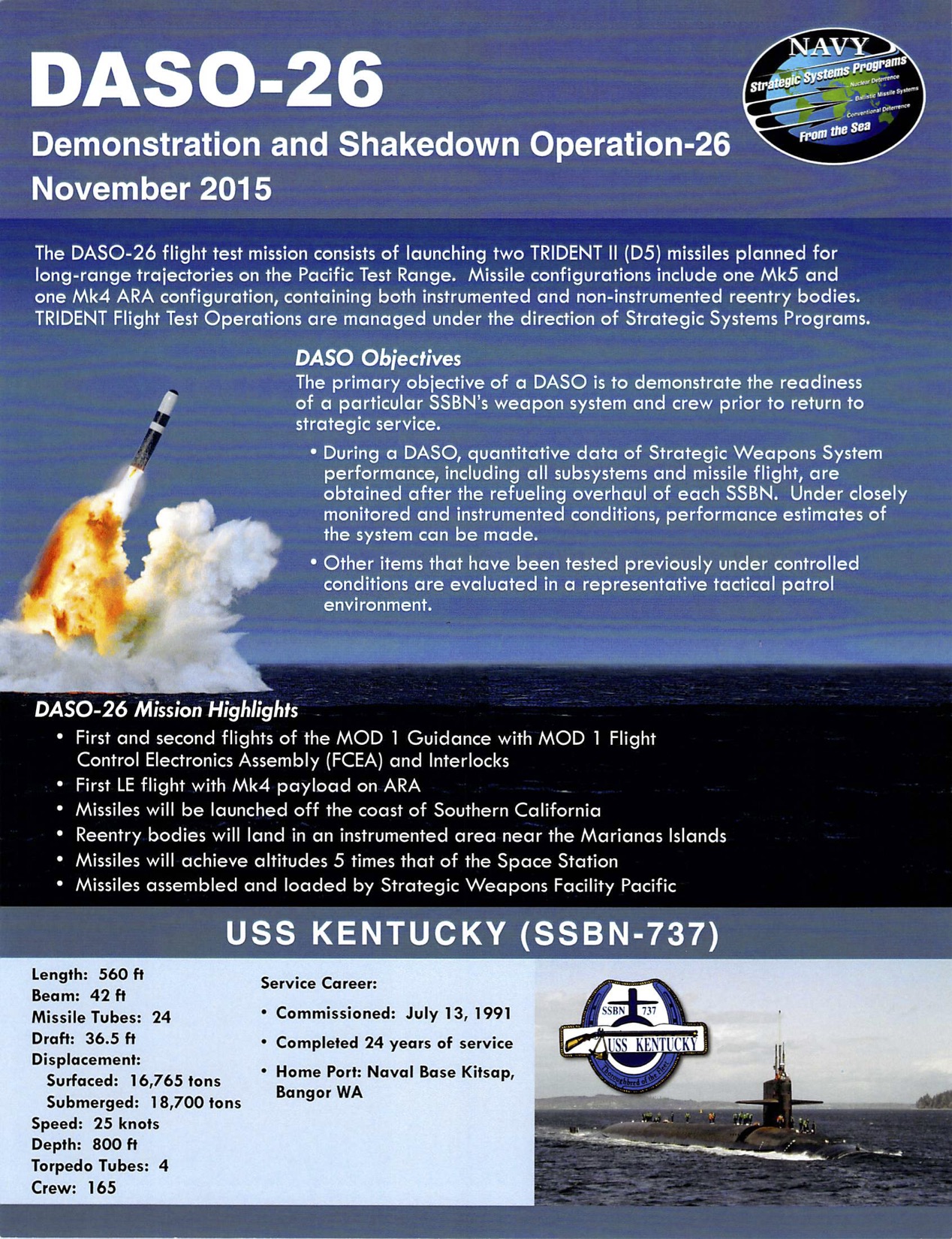
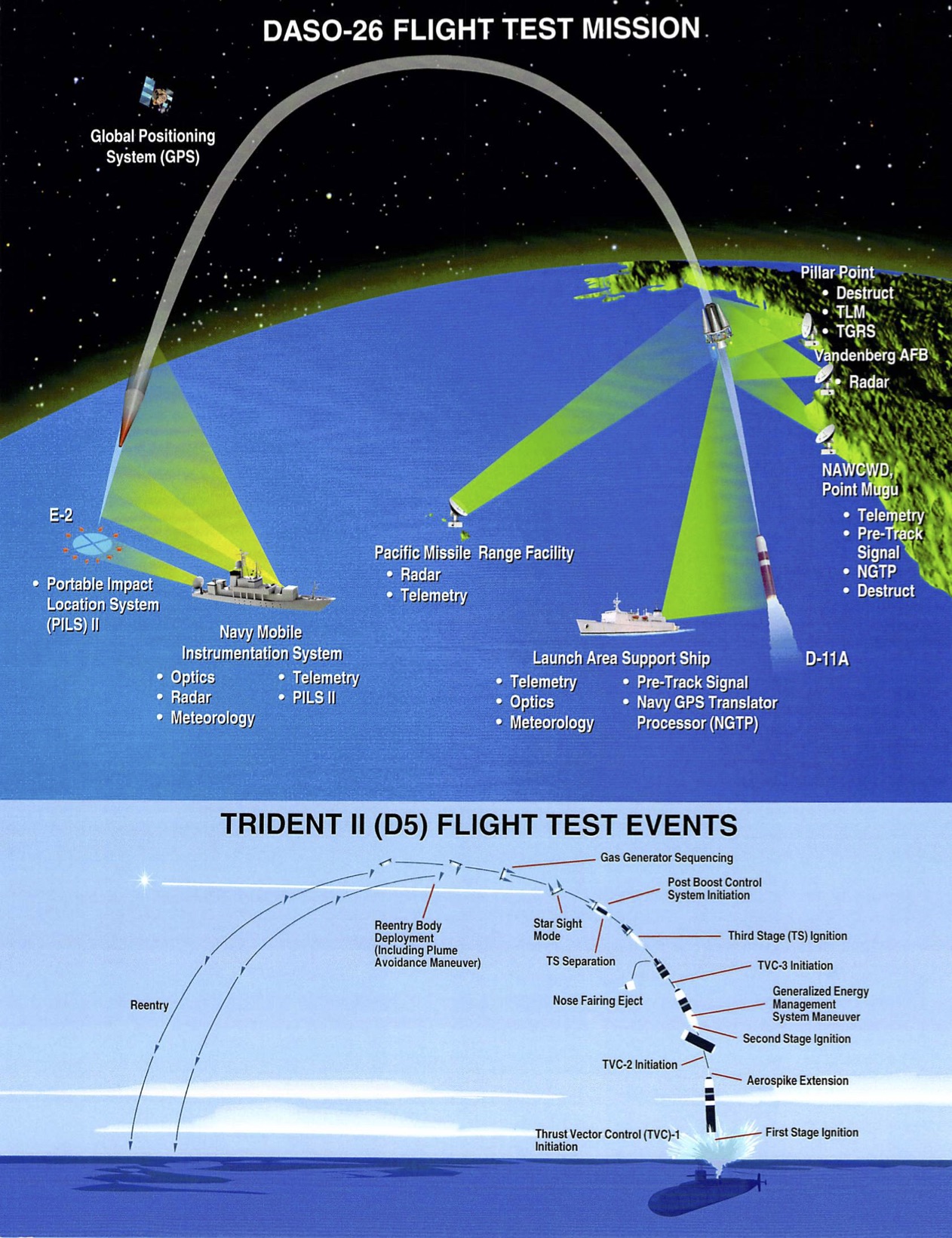
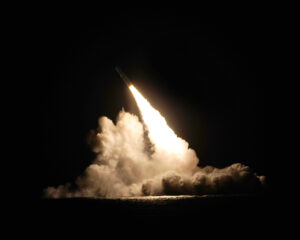
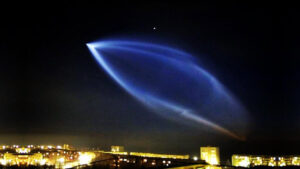
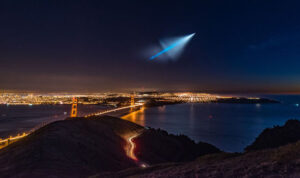
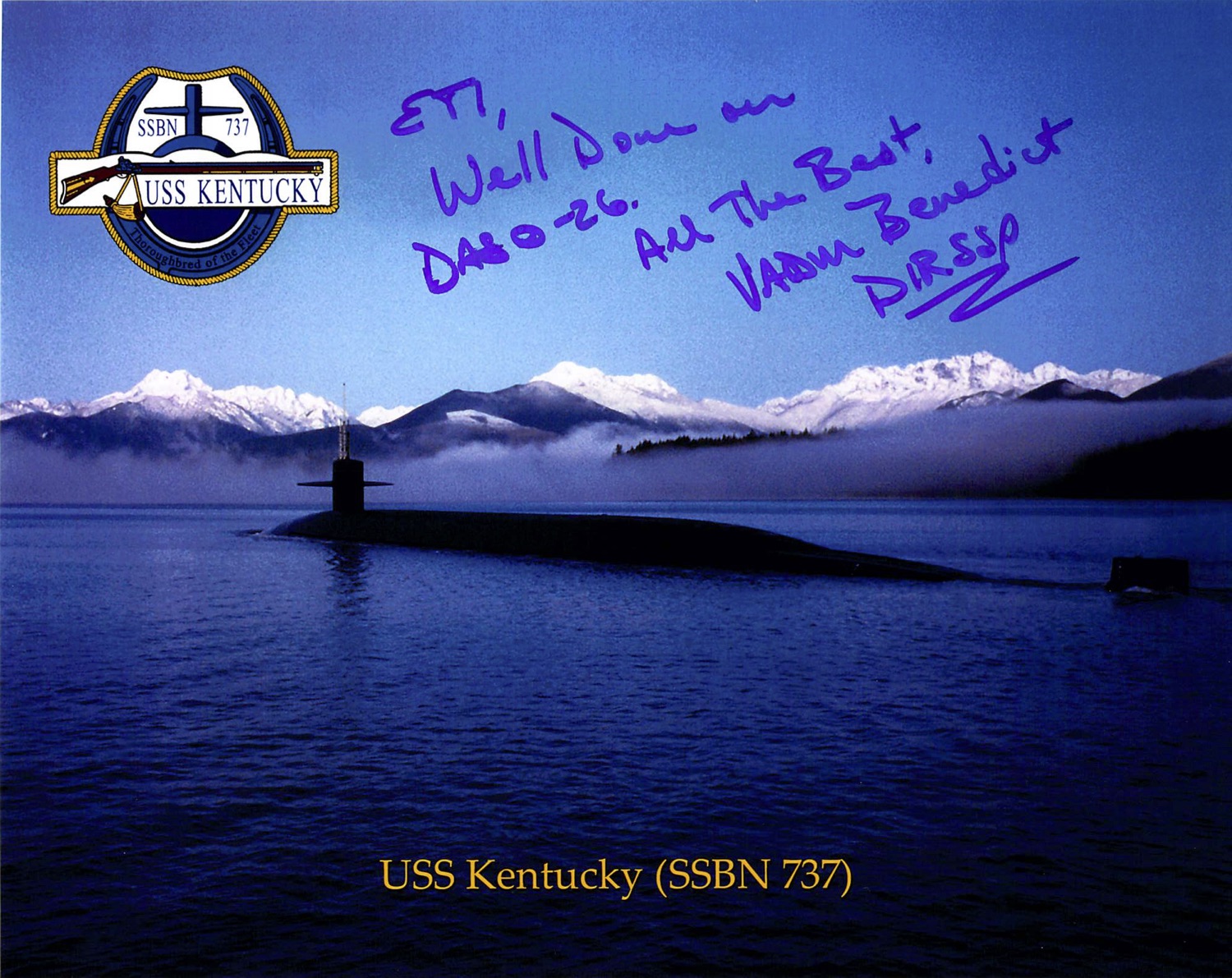
It was a perfect Saturday off the coast of Southern California. The Blue crew of the Ohio-class ballistic missile submarine USS Kentucky (SSBN-737) eagerly waited to fire the Trident D5 missile. This launch was the culmination of months of training and preparation. The blue sky and calm seas created ideal conditions for mariners, and many pleasure craft were in the area taking advantage of the weather. Sailors sat at their battle stations for hours, waiting to be told that the area was clear for launch, and the launch window was closing quickly. It was starting to look like they wouldn’t be able to fire when, finally, with two minutes left, the crew was able to put its training to the test.
November 7, 2015
[slideshow_deploy id=’4313′]
